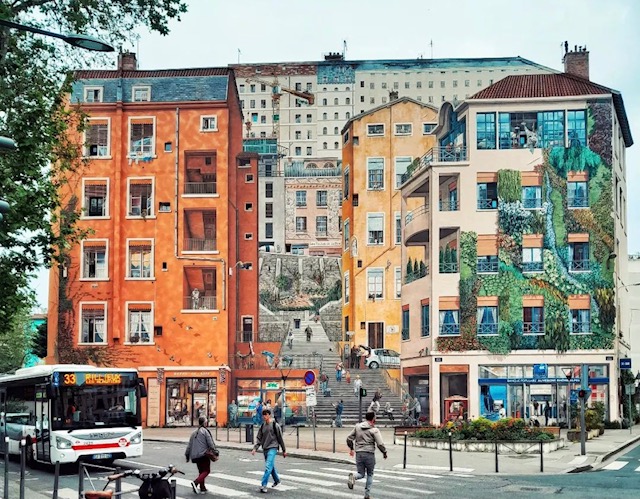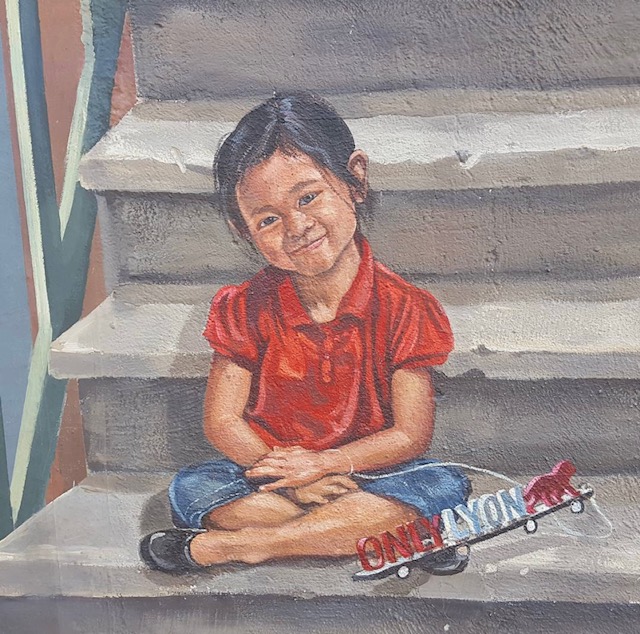The Wall of the Canuts in Lyon

The Wall of the Canuts, located in the Croix-Rousse district of Lyon, is a mural that has attracted the attention of visitors for more than 30 years. It is one of the largest frescoes in Europe, measuring over 1200 square meters. In this article, we are going to talk about the history and meaning of this work of art.

History of The Wall of the Canuts
The Wall of the Canuts was created in 1987 by a collective of artists from Lyon, most of whom were professional painters. The objective of this mural was to represent the life of silk workers in the Croix-Rousse district in the 19th century. The wall is located on the side of a building, which was once a silk factory. The artists worked for several months to create this monumental fresco, which has become a symbol of the city of Lyon.

Meaning of the mural
The Wall of the Canuts tells the story of the daily life of the silk workers of Croix-Rousse. The artists depicted scenes from neighborhood life, such as markets, parties and political demonstrations. They also depicted labor scenes in the silk workshops, where workers were exploited and poorly paid. The fresco is a committed work of art that recalls the working-class history of the city of Lyon and of France in general.
Impact of The Wall of the Canuts on the city of Lyon
The Wall of the Canuts has quickly become a major tourist attraction in Lyon since its creation. It has become a symbol of the city and is now considered an iconic work of art. The fresco has also become a gathering place for the inhabitants of the city, who often come to stroll through the Croix-Rousse district to admire the work of art. The wall has also inspired other local artists to create murals in other areas of the city, helping to establish Lyon as a city of urban art.

The Wall of the Canuts is an incredible mural that tells an important story of the city of Lyon. This monumental fresco has become a symbol of the city and is a visual testimony to the working class history of France. If you are visiting Lyon, don’t miss the opportunity to see this iconic work of art.
